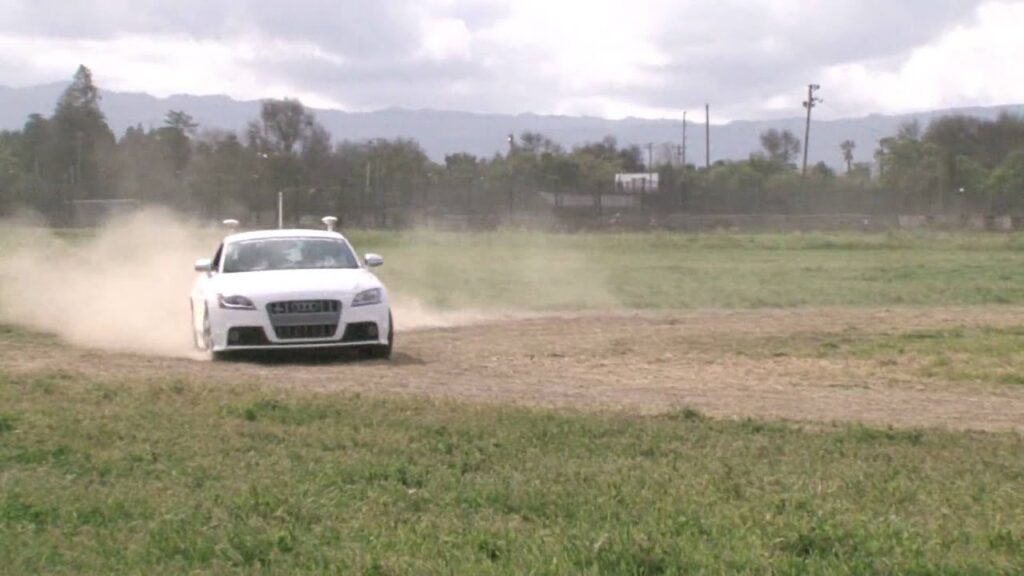Poison and Toxicity: Understanding the Dangers
Summary
In this article, we summarise the key points from a Twitter Q&A with Ann Chappel, a board-certified toxicologist. We explore what poisons are, the different types of poison, and their effects on living organisms and the environment. We also discuss the most poisonous mushroom, mercury spills, and the use of potent pesticides.
Table of Contents
- What is a Poison?
- Types of Poison
- The Most Poisonous Mushroom
- Mercury Spills
- Potent Pesticides
What is a Poison?
Ann Chappel explains that a poison is a substance that can harm living organisms or the environment. The effects of a poison depend on the dosage, with small amounts having little to no effect and larger amounts causing severe harm or even death. Toxicologists specialise in identifying and mitigating the effects of poisons.
Types of Poison
Venom is a type of poison that is delivered through a sting or bite, while poison can be ingested, inhaled, or touched. Different poisons have varying onset times, with some causing immediate sickness and others taking days or even a lifetime to manifest. Alcohol can also be a poison if consumed in excess, as it impairs the central nervous system and damages the liver.
The Most Poisonous Mushroom
The death cap mushroom is the most poisonous mushroom, and it can cause liver and organ failure. It is important to avoid consuming any mushrooms found in the wild unless you are an expert in mushroom identification.
Mercury Spills
If someone spills mercury, they should wear gloves and use duct tape or damp paper towels to clean it up, and dispose of it properly. Mad hatters were exposed to mercury while making hats, which caused psychological symptoms such as hallucinations and tremors.
Potent Pesticides
Compound 1080 is a potent pesticide used to kill predators that pose a threat to livestock. It is administered through a collar with a reservoir of the poison. However, its use is controversial due to the potential harm it can cause to non-target animals and the environment.
Conclusion
Poison is a serious danger to both living organisms and the environment. Understanding the different types of poison and their effects can help us avoid exposure and mitigate harm. Toxicologists play a crucial role in identifying and managing the effects of poisons, and it is important to follow their recommendations when dealing with potentially harmful substances.







